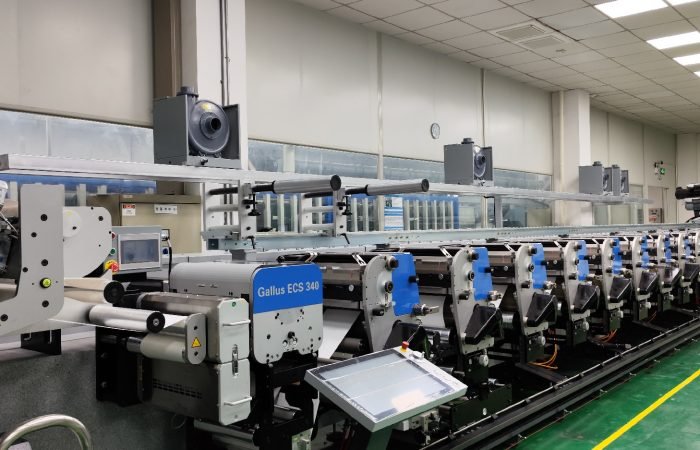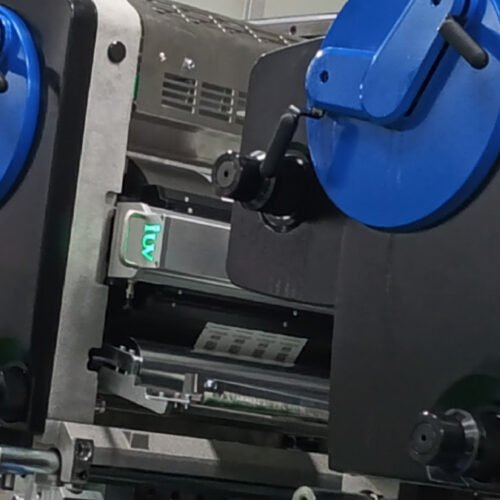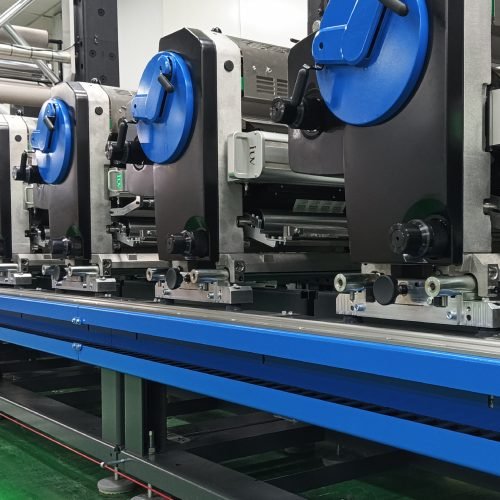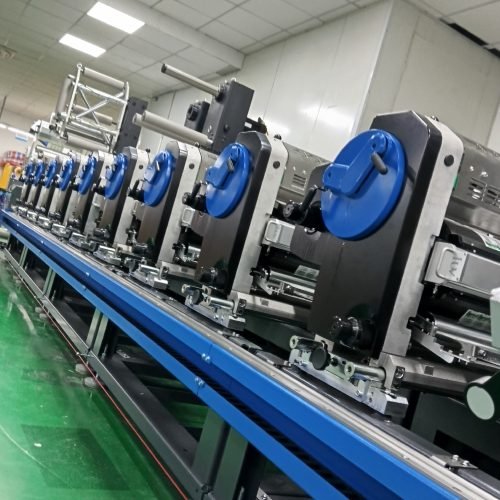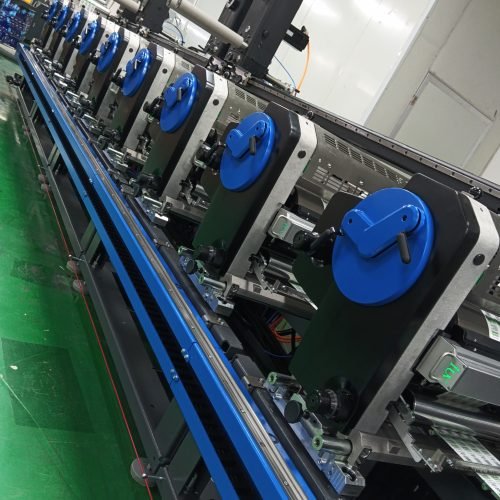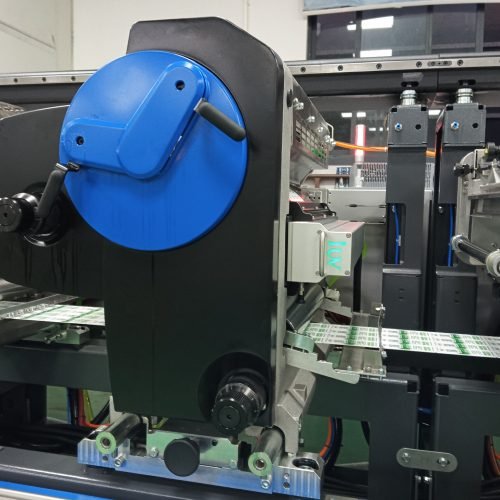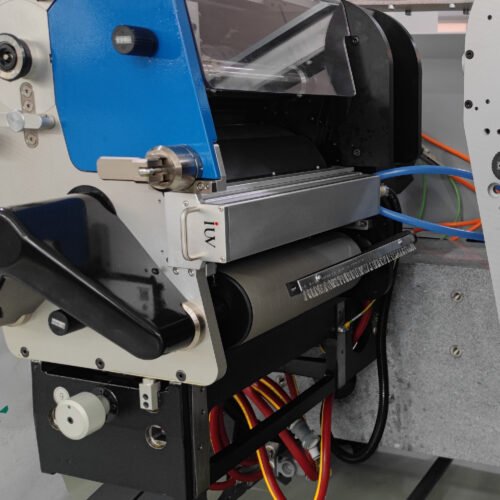UV LED curing systems have quietly transformed print production floors over the past decade. Unlike traditional mercury-vapor lamps that bathe substrates in broad-spectrum light, these solid-state devices emit targeted ultraviolet wavelengths between 365-405nm. This spectral precision matters more than most operators realize when maintaining brand color integrity across packaging runs.
In flexographic label printing, where Pantone matches make or break cosmetic packaging, UV LED’s instant on/off capability eliminates the warm-up drift that plagues conventional systems. A 12-color process job running on a Mark Andy Evolution press shows less than ΔE 1.5 variance from first to last impression when using Phoseon FireEdge lamps. The reason? Mercury bulbs gradually lose intensity during the 15-minute warm-up period, subtly altering cure rates for photoinitiators in cyan and magenta inks.
Offset printers battling gloss variation on coated stocks found an unexpected solution in LED retrofits. Heidelberg’s Speedmaster CX102 users report 20% higher gloss uniformity when switching to LED-intermediate coatings. The narrower wavelength band prevents over-curing of acrylate oligomers that create micro-wrinkles on surface layers – those microscopic imperfections that diffuse reflected light differently across sheets.
For narrow web converters handling everything from wine labels to shrink sleeves, the thermal management aspect proves crucial. Traditional UV systems radiate enough IR heat to expand polyester substrates by 0.3% during curing – enough to misregister fine vignettes. LED arrays maintain substrate temperatures below 40°C, keeping dimensional stability while allowing faster line speeds. Esko’s HD Flexo tests showed 25% less washout in highlights when using LED-exposed plates, directly impacting ink transfer consistency.
The chemistry behind UV inks adapted surprisingly well to LED demands. Modified photoinitiators like TPO-L (trimethylbenzoyl phosphine oxide derivatives) now achieve full cure at 395nm wavelengths with 1.2W/cm² irradiance. This enables formulation of low-migration inks for food packaging without compromising color density. Sun Chemical’s LEDium series demonstrates how adjusted pigment loading compensates for the lack of shorter UV wavelengths, maintaining Lab* values within brand specifications even on textured surfaces.
Gloss measurement tells its own story. A study comparing screen-printed PVC cards cured under mercury vs LED systems revealed 12GU higher specular reflection in the LED group. The explanation lies in the controlled polymerization: mercury’s polychromatic output initiates multiple curing reactions simultaneously, creating uneven cross-linking. LED’s monochromatic light allows sequential curing of oligomers and monomers, producing smoother film surfaces. X-Rite’s MA-98 multi-angle spectrophotometer data shows this effect most prominently in metallic inks, where directional gloss can vary up to 15GU with conventional curing.
Energy consumption metrics only tell part of the LED advantage story. While the 70% power reduction gets management’s attention, press operators care more about eliminating the cure-speed bottleneck. A Nilpeter FA-17 running LED cures at 150m/min versus 90m/min with mercury, without compromising ink adhesion. This throughput gain allows smaller batch runs economically – critical for personalized packaging trends. The absence of ozone emissions means no more duct cleaning every 300 hours, reducing downtime that previously cost mid-sized converters an average of $18k annually.
Substrate compatibility continues expanding as material scientists play catch-up with LED capabilities. Early adopters struggled with curing on BOPP films, but modified initiator packages from companies like Allnex now enable full adhesion on polyolefins at 385nm. The latest challenge involves multi-layer laminates for medical packaging, where LED’s cold cure preserves heat-sensitive barrier films. Trials on Amcor’s ClearFoil structures show no delamination after ethylene oxide sterilization – a breakthrough mercury systems couldn’t achieve due to thermal stress.
Pressroom veterans initially dismissed LED as a fad, but the proof emerges in waste reduction figures. A Taghleef Industries case study on PP label stock recorded 23% less substrate warping and 17% fewer ink pinholes after switching to IST Metz’s LED modules. The controlled radiation profile prevents overheating localized areas, particularly crucial when printing delicate gradient patterns for premium spirits labels.
As regulatory pressure mounts on mercury-based systems, the conversation shifts from “if” to “how” to implement LED curing. Baldwin’s recent acquisition of a UV LED startup signals where industry leaders are placing bets. The transition requires more than lamp replacements – it demands reevaluating ink formulations, workflow timing, and quality control protocols. Brands like L’Oréal now mandate LED-cured packaging to meet sustainability goals, forcing converters to adapt or lose contracts.
The gloss and color consistency improvements alone justify the capital expenditure, but the hidden benefits accumulate. No more protective eyewear for 395nm wavelengths. Elimination of mercury disposal costs. Consistent cure performance from first shift to last. For quality managers tracking color metrics, it’s becoming the difference between passing and failing a retail audit. As substrate diversity grows and print runs shorten, UV LED isn’t just an alternative – it’s becoming the baseline for competitive print operations.

